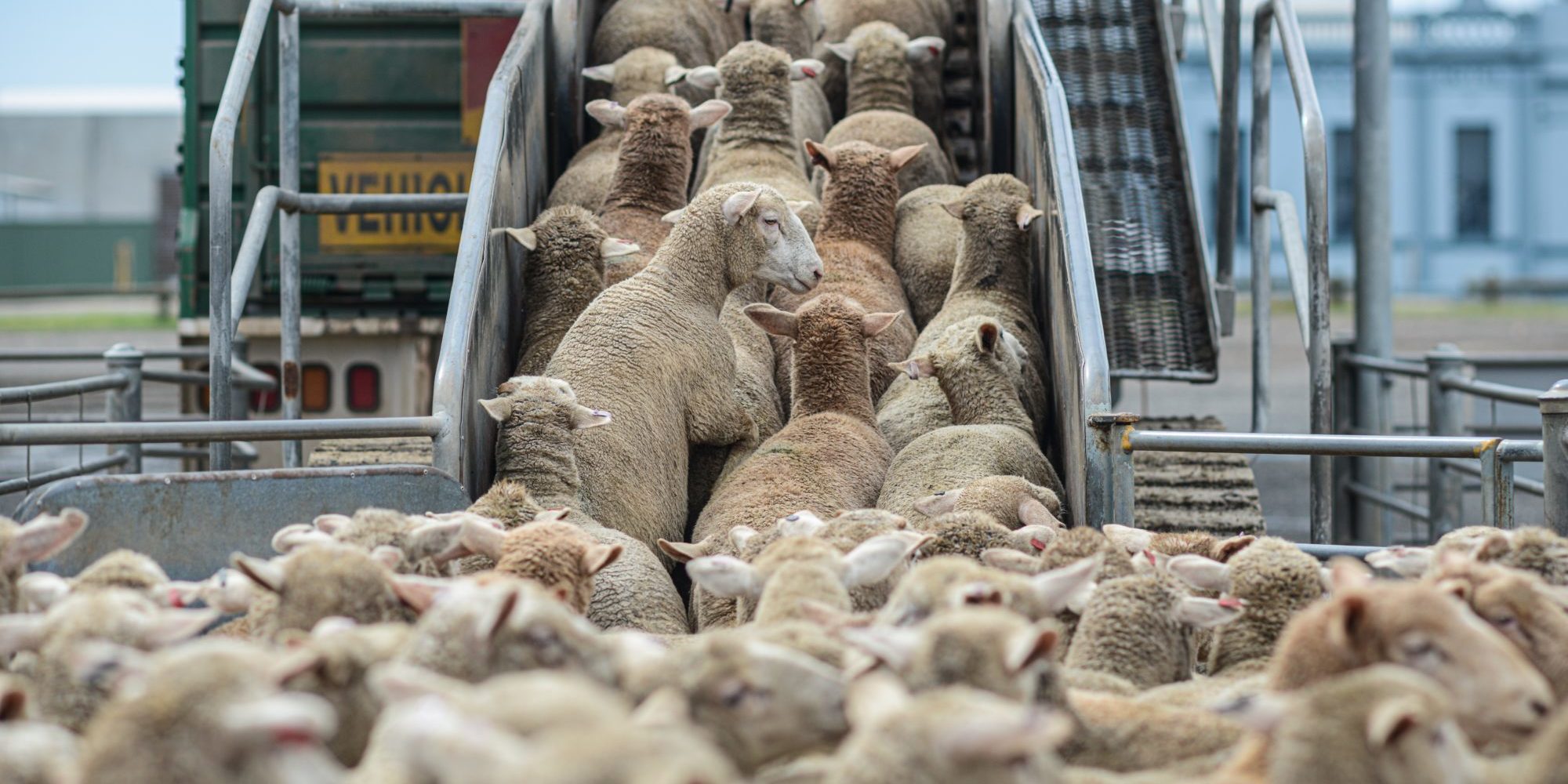- Monitor drenches used on farm annually by completing a faecal egg count check at 10 days after drenching. Do this for each different drench family that you use during the season. Try to complete as early in the season as possible.
- Quarantine drench: On arrival at the farm, drench all stock with a suitable quarantine drench and stand them off pasture for 24 hours with water available. Where this is not possible due to animal welfare considerations put them in a contaminated area such as a holding paddock for 24 hours. Do not put incoming stock on “clean” pasture. This is to look after your current status and ensure you are not bringing on any resistant worms to your farm.
- A suitable quarantine drench could be any of the following. They are listed in order with best practice first:
- Startect or Zolvix plus and a double combination such as Arrest.
- Drench with a combination of no less than four unrelated drench families, with at least one of these being the drench active monepantel or derquantel. An example of how this may be achieved is by drenching with either Startect© OR Zolvix Plus then drench the same race with a benzimidazole (BZ) plus levamisole combination drench such as Arrest. Be cautious of meat WHP’s using this method, as using two products together will likely result in the default meat WHP of 91 days.
- Startect or Zolvix plus. Drench with either of these drenches.
- Triple combination. We consider that triples may not be enough in the current climate with 10-15% of farms having had drench triple resistance diagnosed in recent years.
- Startect or Zolvix plus and a double combination such as Arrest.
- Exit drench: The new drenches such as “Zolvix Plus©” or “Startect©” are good choices as a knock-out 4th or 5th lamb drench. They clean out any resistant parasites at a time of year when resistant worms are forming a higher proportion of the population. It also reduces ‘lay down’ of these worms over winter.
- Maintain “refugia” of susceptibility: If the efficacy of the drench is 99.9%, then leaving 1% of the animals untreated will produce ~10 fold dilution of resistant eggs BUT if the efficacy is 95% then it will require 34% of the sheep to be untreated to achieve the same dilution.
- Ways to achieve refugia
- Rotating undrenched ewes behind lambs
- Taking some tail end undrenched two tooth ewes and putting them into the lamb mobs
- Drenching lambs every 28-30 days and not going any shorter than this
- Leaving a small proportion of lambs undrenched at each drench. This could be 2%. Need to leave the heaviest lambs undrenched. Marking these lambs to monitor them is an option.
- It is best to stick to the 28 day interval when drenching your lambs. The pre-patent period of most worms is 21-28 days. This is the time that it takes for a sheep that ingests the worm larva to the worm eggs appearing in the dung. If you stretch the drench interval from 28 days to 35 days you will get a 2.5 times increase in the egg output (hence greatly increasing the contamination on your farm). Stock should be drenched with an effective drench combination.
- Do not use single action drenches and avoid blanket use of capsules or long-acting products. If using capsules or LA injections, ensure strategic use, monitoring is in place and the use of refugia.
(Long-acting injections have dwindling concentrations of the drench over time – this may cause the development of resistance in parasites still present at the end vs controlled release products such as capsules).
- Safe guarding “clean” pasture: Do not drench onto a ‘clean’ paddock! Seed new pasture with susceptible worms by grazing it first with undrenched stock. This allows some susceptible worms to contaminate the pasture to ensure you do not get SUPER resistant worms (as is the case if you drench onto these clean areas).
- Use cattle to clean up contaminated pasture, and try to prevent hotspots for worm contamination building up (i.e. ‘lamb fattening country’). Especially pay attention to the ram paddock and paddocks only grazed by lambs. Try not to have solely sheep and cattle areas on farm. Map grazing rotations to try and avoid larval contamination build up in certain areas on farm and consider grazing cattle and sheep together.
- Do not drench ewes of BCS 3 or more, as it is more effective to concentrate on the tail end. Draft out any sheep below BCS 2, FEC and preferentially feed. If FEC shows that they need drenching then they should be drenched. If they do not respond after drenching then cull.
- Remember if in doubt faecal egg count! It is a great way of getting an indication of what burdens are on your farm especially at key times such as pre-mating, scanning and weaning. This data can then be combined with body condition score, pasture covers etc to create a better picture.
- Try to avoid high risk practices such as:
- Blanket treatment of adult stock
- High numbers of young stock for long periods of time on farm
- Drenching and moving stock onto ‘clean’ pasture
- Using long acting anthelmintics






